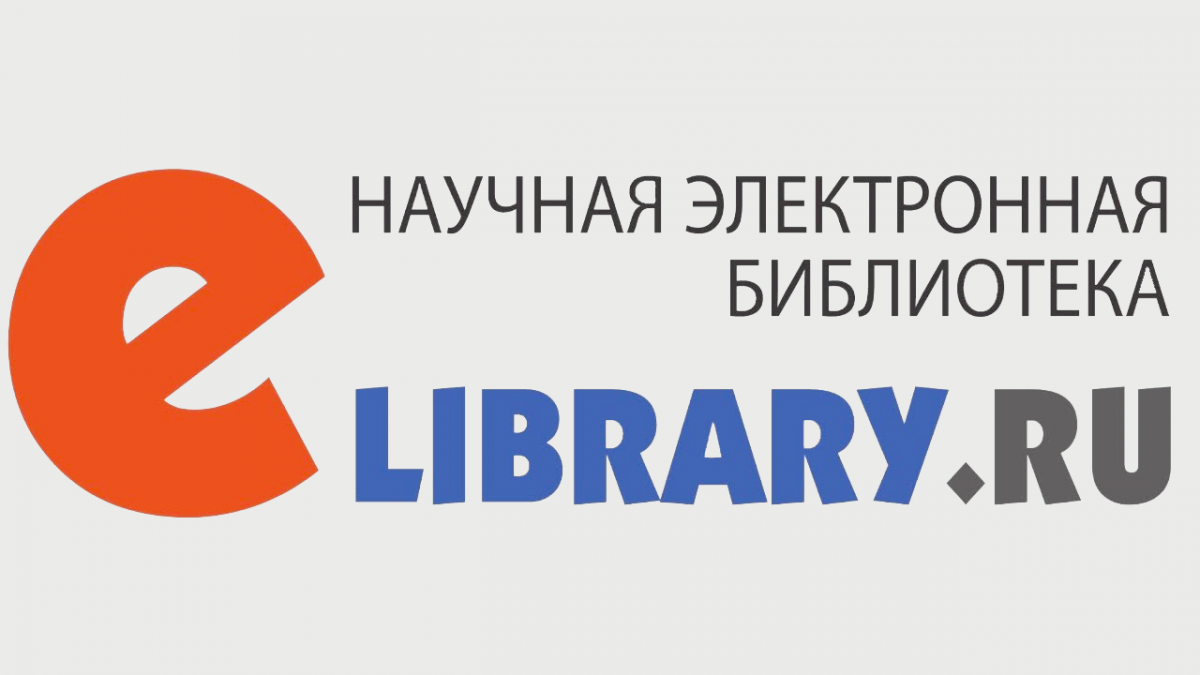Health and physical fitness level monitoring in university students
ˑ:
PhD, Associate Professor Yu.I. Dudkina1
PhD, Associate Professor O.M. Mirzoev2
A.N. Rogozina1
1Moscow State Institute of Physical Culture, Sports and Tourism named after Yu.A. Senkevich, Moscow
2Russian State University of Physical Education, Sport, Youth and Tourism (SCOLIPE), Moscow
Objective of the study was to determine the nature of disease and physical fitness level of first-year students enrolled in a bachelor degree course - tourism (43.03.02) and hotel business (43.03.03) – of Russian State University of Physical Culture, Sport and Tourism (RSUPCST).
Methods and structure of the study. The study was designed to conduct a health status examination and determine the level of physical fitness of students entering RSUPCST, as part of constant monitoring of their condition. The following exercises were used to test certain aspects of the first-year students’ physical fitness: shuttle run test developed by the teachers (half of the volleyball court - 9x9 m), for the abdominal muscle strength test, pull-ups (for boys) and push-ups (for girls). These tools enabled to rate the subjects’ speed and strength qualities. The monitoring was carried out throughout the academic year: at the beginning, in the middle and at the end of the year. For this purpose, each student scored a certain number of points (on a 5-point scale) based on the test results.
Results of the study and conclusions. The study of the documents and test rates enabled to identify certain diseases, analyze the test rates characterizing the level of physical activity of the younger generation. All this helped design a physical education program for universities.
Keywords: health, students, physical fitness, control-educational tests, disease, health groups, physical activity, points.
References
- Baklanova N.K., Dudkina Yu.I. Professionalno-prikladnaya fizicheskaya kultura studentov muzyikalnykh spetsializatsiy vuzov kultury i iskusstv [Professionally-applied physical culture of students of musical specializations of universities of culture and arts]. Study guide .M.: MGUKI publ., 2008. 128 p.
- Baranova-Namazova L.S. Problemy zdorovya sovremennykh shkolnikov v voprosakh roditeley i rekomendatsiyakh spetsialistov [Health problems of modern schoolchildren in questions of parents and specialist recommendations of]. [Electronic resource] available at: http://www.med2.ru.
- Baranova A.A., Namazova-Baranova L.S., Terletskaya R.N. Rezultaty profilakticheskikh meditsinskikh osmotrov nesovershennoletnih v Rossiyskoy Federatsii [Results of preventive medical examinations of minors in the Russian Federation]. Rossiyskiy pediatricheskiy zhurnal. 2016. v. 19. no. 5. pp. 287-293.
- Dementiev K.N., Mironova O.V., Pristav O.V. et al. Proektnye vozmozhnosti fizicheskoy kultury studentov v novykh usloviyakh [Design capabilities of students' physical education in new conditions]. Teoriya i praktika fiz. kultury. 2015. no. 10. pp. 56-58.
- Dementiev K.N., Golubev A.A., Rysev Yu.L. Sovremennye tendentsii povyisheniya effektivnosti zanyatiy fizicheskoy kulturoy studentov vuzakh [Modern trends in increasing efficiency of physical education classes for university students]. Put nauki. 2015 . no. 2 (12). pp. 95-97.

